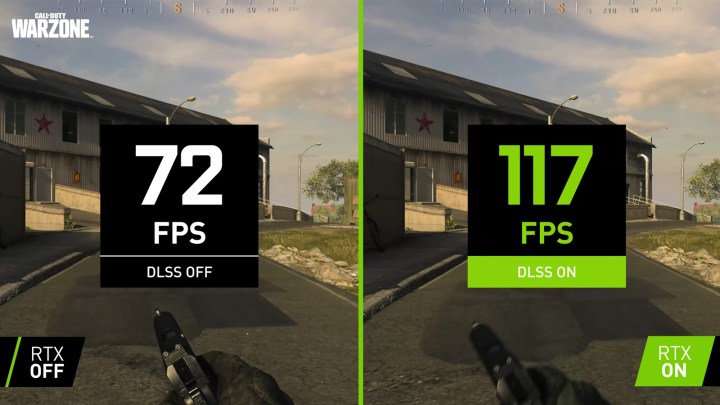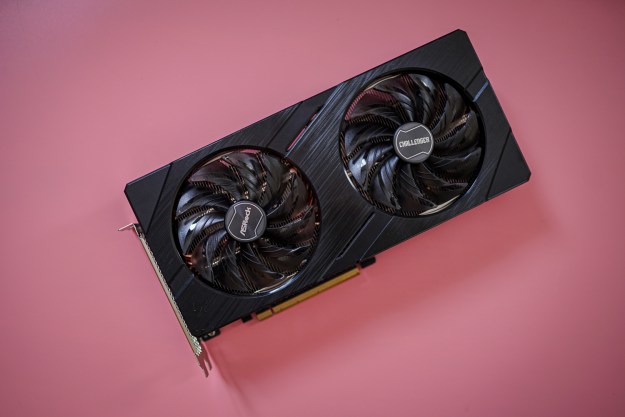Nvidia’s RTX features have been among the primary selling points of its graphics cards in recent years. But now, the mastermind behind those advanced graphics features now works for one of Nvidia’s new rivals in the world of gaming graphics: Intel.
Nvidia RTX consists of two primary features: Real-time ray tracing and Deep Learning Super Sampling (DLSS), both of which are critical for running the latest games with all the visual glitter turned on. DLSS is critical for running the latest games with ray tracing enabled. It’s the bedrock that has allowed

Intel has now hired the person behind both technologies, Anton Kaplanyan, suggesting that Intel could be working on its own DLSS competitor for its upcoming graphics cards.
Anton Kaplanyan had a short but meaningful stint at Nvidia from 2015 to 2017, during which he helped design RTX ray-tracing hardware and DLSS.
“After the hardware was done, my Nvidia Research colleagues and I realized that the hardware performance would not suffice for real-time visuals, so we started developing a completely new direction of real-time image reconstruction methods,” Kaplanyan wrote in a blog post.
Intel could be working on a similar technology for its upcoming graphics cards — the blog post is careful not to mention DLSS by name, after all. Kaplanyan’s hire is, at least in part, based on his experience with graphics and machine learning. “New differentiating technologies in graphics and machine learning is the missing cherry on the cake,” Kaplanyan wrote.

That would make sense for Intel. AMD has already fired back at Nvidia with its competing FidelityFX Super Resolution technology, and some recent job postings suggest Microsoft is working on a similar feature. With Intel’s DG2 graphics card on the horizon, the company looks like it’s ready to play ball with the latest graphics technologies.
Intel is forming an all-star roster of graphics experts. In 2017, the company picked up Raja Koduri, who’s known for working in AMD’s Radeon division on the Polaris, Vega, and Navi architectures. Koduri now heads up Intel’s graphics and software sector, leading the charge on the company’s first foray into desktop graphics cards.
Kaplanyan is likely a key part of that strategy, aiding in the development of ray tracing and the software it requires to run in real time. Before joining Intel, Kaplanyan worked as a researcher at Facebook for the company’s virtual reality (VR) endeavors. During that time, Kaplanyan published a paper on neural supersampling, which looks an awful lot like DLSS.
The future of Intel’s graphics department looks bright, assuming the pieces fall in place as they should. With ray tracing pushing graphics more than ever before, as well as the rise of high-resolution and high refresh rate monitors, a supersampling method is essential.
“I think we are at the edge of a new era in graphics — an era where visual computing will become more distributed, more heterogeneous, more power-efficient, more accessible, and more intelligent,” Kaplanyan wrote.
Editors' Recommendations
- In 2024, there’s no contest between DLSS and FSR
- Intel’s new CPU feature boosted my performance by 26% — but it still needs work
- I’ve reviewed every AMD and Nvidia GPU this generation — here’s how the two companies stack up
- Nvidia is bringing ray tracing and DLSS 3 to your car
- Nvidia DLSS is amazing, but only if you use it the right way





